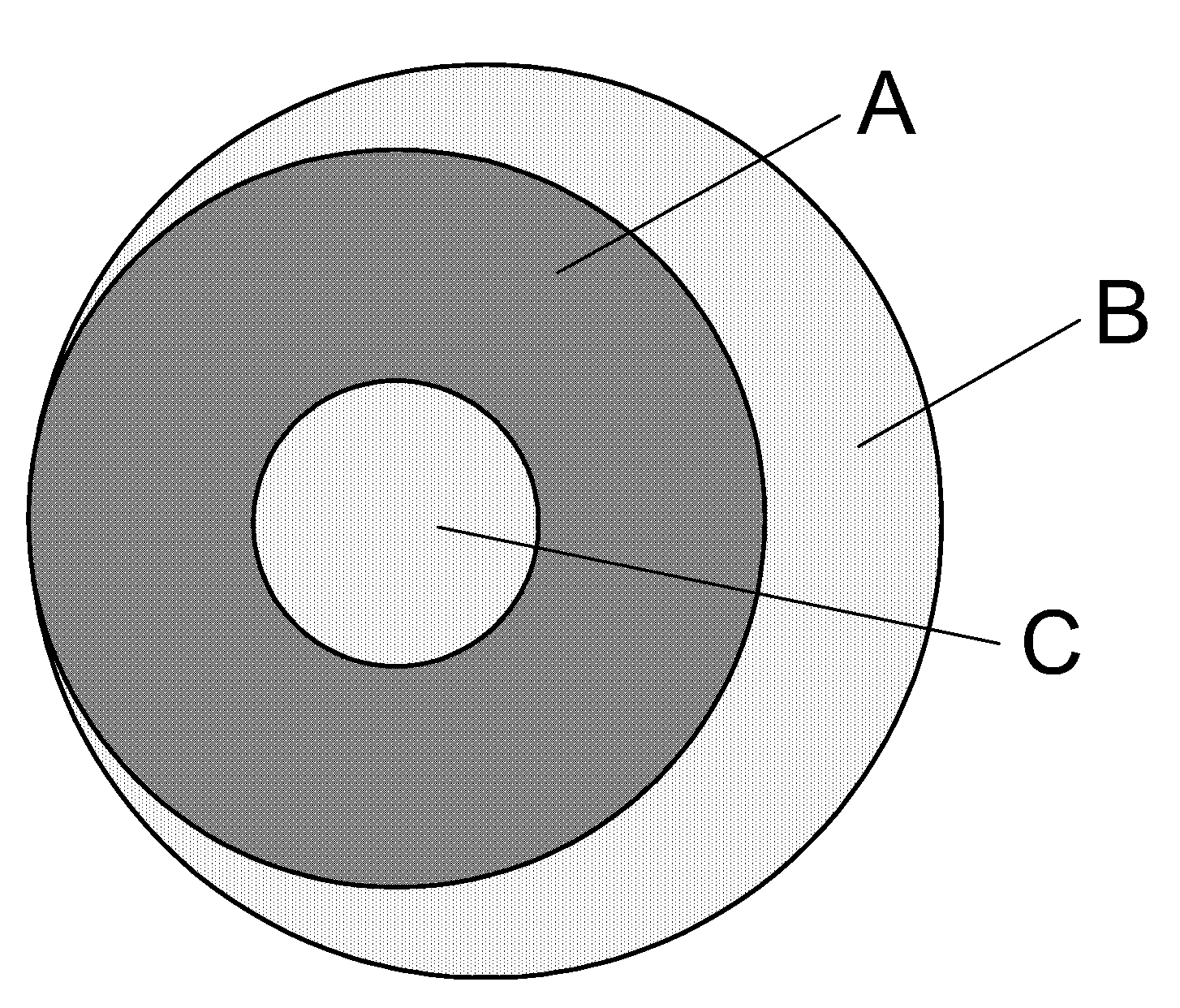Hon-shimeji mushroom-fungal bed culture
a technology of fungus and mushroom, which is applied in the field of fungus bed culture, can solve the problems of high cost of culture medium, and inability to produce hon-shimeji mushrooms, and achieve the effect of stable production of hon-shimeji mushrooms
- Summary
- Abstract
- Description
- Claims
- Application Information
AI Technical Summary
Benefits of technology
Problems solved by technology
Method used
Image
Examples
example 1
[0060]The mycelia of Lyophyllum shimeji La 01-27 strain (FERM P-17455) were inoculated to 100 ml of a PGY liquid culture medium (composition: glucose 2.0% (w / v), peptone 0.2% (w / v), yeast extract 0.2% (w / v), KH2PO4 0.05% (w / v) and MgSO4.7H2O 0.05% (w / v)), and the mycelia were incubated at 25° C. for 7 days with shaking (100 rpm). After 2 ml of the resulting culture was subcultured in the same culture medium, the mycelia was further incubated for 7 days with shaking (100 rpm). Then, the entire culture was inoculated to a jar fermentor of 200 L in volume (manufactured by Komatsukawa Seisakusyo) containing 160 L of the same culture medium, and the culture was incubated for 6 days with stirring (stirring rate: 100 rpm, ventilation volume 25 L / minute) to prepare a liquid seed culture. On the other hand, rolled corn (manufactured by Iisaka Seibaku) and Japanese cedar sawdust as sawdust of needle-leaved tree origin (manufactured by Tomoe Bussan Co., Ltd.) were mixed at a dry weight ratio o...
example 2
[0066]To a center portion of the surface of a culture medium prepared according to the same method as that of Example 1 filled in each of 12 cultivation bottles per one test group (center portion of the bottle mouth diameter), 25 mL of a liquid seed culture (dry weight of the mycelia: 4.4 g / L) prepared according to the same method as that of Example 1 was inoculated in a circular shape so that a ratio of a liquid seed culture inoculated portion and a liquid seed culture non-inoculated portion was 1:15, 4:12, 8:8, 4:1, or 4:0. Thereafter, incubation and sprouting were carried out under the same conditions as those in Example 1. After sprouting, sprouts other than sprouts in the center of the surface of a culture medium were removed and the bottle was returned to the original position. Thereafter, the culture was transferred to a growth room controlled to a temperature of 15° C. and a humidity of 105 to 120% as the indicated value of a HUMID EYE 100 (Saginomiya Seisakusho, Inc.), illu...
example 3
[0069]A diluted solution of a liquid seed culture was prepared by diluting a liquid seed culture (dry weight of the mycelia: 4.4 g / L) prepared according to the same method as that of Example 1 either twice (dry weight of the mycelia 2.2 g / L) or four times (dry weight of the mycelia: 1.1 g / L) with PGY liquid culture medium. To a center portion of the surface of a culture medium prepared according to the same method as that of Example 1 filled in each of 12 cultivation bottles per, 50 mL, 25 mL or 12.5 mL of the above original liquid seed culture, or 12.5 mL of the twice diluted liquid seed culture or 12.5 mL of the four times diluted liquid seed culture were inoculated in a circular pattern so that a ratio of a liquid seed culture inoculated portion and a liquid seed culture non-inoculated portion was 8:8. Thereafter, incubation and sprouting were carried out under the same conditions as those of Example 1. After sprouting, sprouts other than sprouts at the center of the surface of a...
PUM
| Property | Measurement | Unit |
|---|---|---|
| temperature | aaaaa | aaaaa |
| temperature | aaaaa | aaaaa |
| temperature | aaaaa | aaaaa |
Abstract
Description
Claims
Application Information
 Login to View More
Login to View More - R&D Engineer
- R&D Manager
- IP Professional
- Industry Leading Data Capabilities
- Powerful AI technology
- Patent DNA Extraction
Browse by: Latest US Patents, China's latest patents, Technical Efficacy Thesaurus, Application Domain, Technology Topic, Popular Technical Reports.
© 2024 PatSnap. All rights reserved.Legal|Privacy policy|Modern Slavery Act Transparency Statement|Sitemap|About US| Contact US: help@patsnap.com








